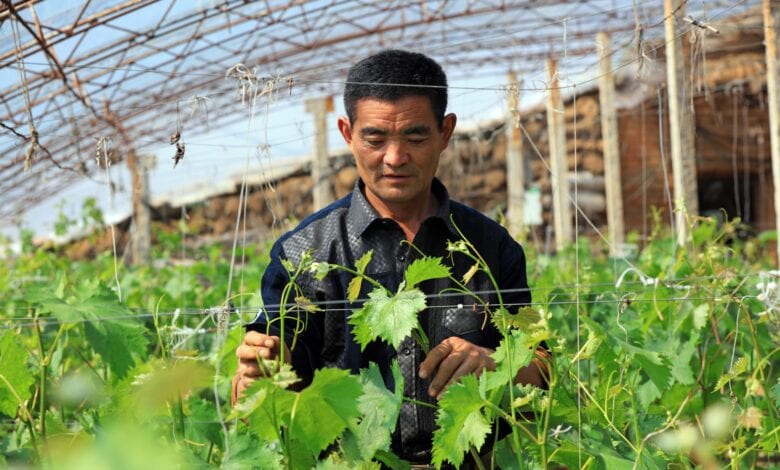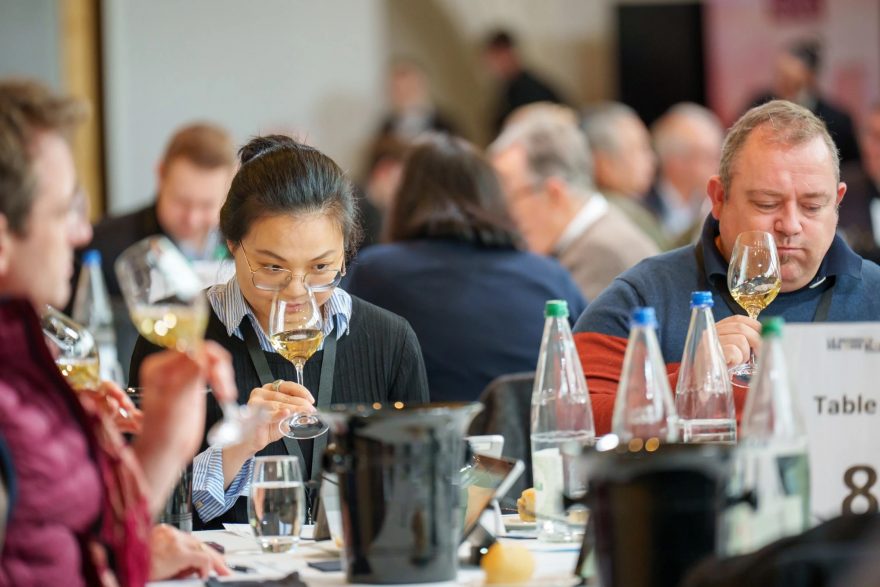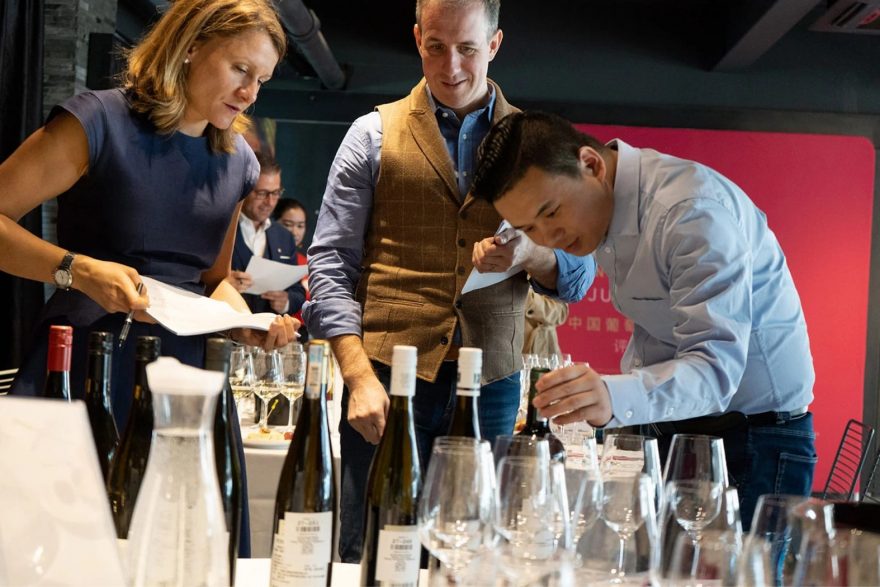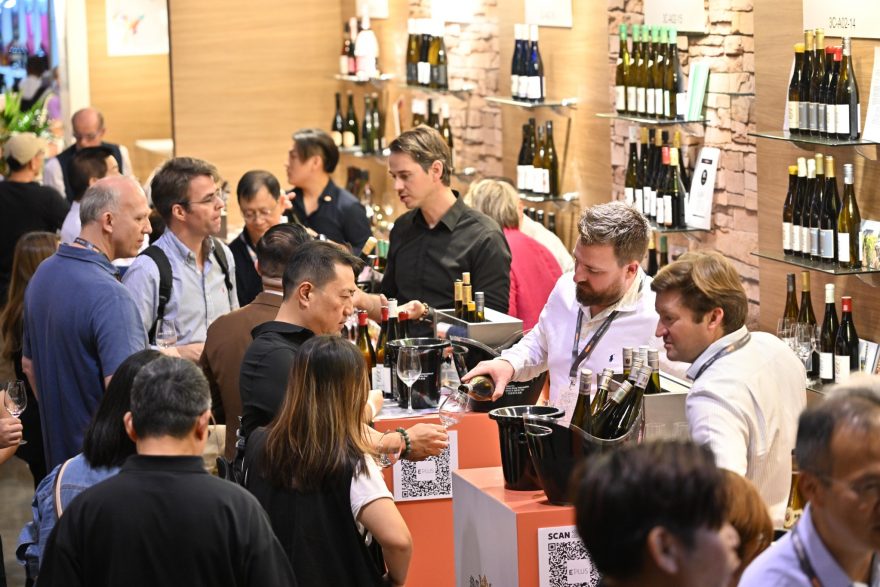Slow Vineyard Expansion, Shaky Production Undermine Asia-Pacific Wine Industry in 2020

As with all other sectors, the Asia Pacific wine industry hardly navigated through the harsh business environment that the COVID-19 pandemic has set. Last year saw the region taking a slowdown in vineyard expansion and producers recording declines in wine output.
Sluggish vineyard growth
Areas planted with vines in China slightly expanded by 0.6% to 785,000 hectares last year, extending a slowdown in the past five years, according to the latest report from the International Organisation of Vine and Wine (OIV). Still, the country’s vineyard is the world’s third-largest in terms of vineyard surface area, cornering 10.7%, next to Spain and France.
Australia’s vine areas at 146,000 hectares were unchanged for the third year in a row. Its neighboring state New Zealand, meanwhile, saw its vineyard area grow by 2% to an all-time high of 40,000 hectares.
Vineyard surface area of major vine-growing countries
Source: State of the world vitivinicultural sector in 2020 OIV
Falling production
In terms of production, OIV estimates that China’s wine output continues to go down in the past four consecutive years with 2020’s level sharply falling by 16% or 6.6 million hectoliters (hL). This may be a signal that the country’s wine sector growth is becoming “more uncertain than previously expected,” the Paris-based trade body claims.
The organization further referred to structural issues, including difficult climate conditions, technological constraints, and overall low productivity, which made the Chinese wine industry “less competitive” compared to imported wines.
Australia has also seen its wine production dwindling since 2017 with last year’s level stooping to the lowest in the previous decade at 10.6 million hL or down 11%. Conversely, this was not the case in New Zealand which posted its highest output record to date at 3.3 million hL or an 11% growth.
Wine production (juices and musts excluded) in major countries
Source: State of the world vitivinicultural sector in 2020 OIV
Less wine drinking
On the consumer side, Chinese people drank less wine in 2020 which seems to be the end of their rapid consumption at the begging of the century, the OIV assumes. Given the strict lockdown protocols against COVID-19 in the year, an estimated 12.4 million hL were consumed, representing a steep decline of 17.4% previously.
Despite community restrictions, Japan, the second-biggest wine consumer in Asia, recorded stable consumption (estimated 3.5 million hL) in the past seven years.
Moreover, the number of wine consumed in Australia, though at 5.7 million hL or a 3.7% drop in the year, remained above the country’s five-year consumption average, the OIV notes.
Wine consumption in major countries
Source: State of the world vitivinicultural sector in 2020 OIV
Wine trade
In the trading scene, both Australia and New Zealand recorded positive annual growth in export volumes last year (0.5% or 7.5 million hL and 6% or 2.9 million hL, respectively). But in terms of value, New Zealand saw an increase of 4.5% to 1.1 billion euros (about US$1.3 billion), while Australia registered a 2.3% slump to 1.8 billion euros (around US$2.2 billion). In the two Pacific countries, bulk wines, their major export products, have increased in both volume and value in 2020 compared to 2019.
Moreover, China imported less wine in the year, sharply down 30% or 4.3 million hL with value also down 27% to 1.6 billion euros (nearly US$2 billion). Border closures and heightened community quarantine were to be blamed on the abrupt decline. Meanwhile, Japan, the next huge Asian wine importer, also bought less imported wine, down 8.8% or 2.6 million hL.
World wine export market
Source: State of the world vitivinicultural sector in 2020 OIV




